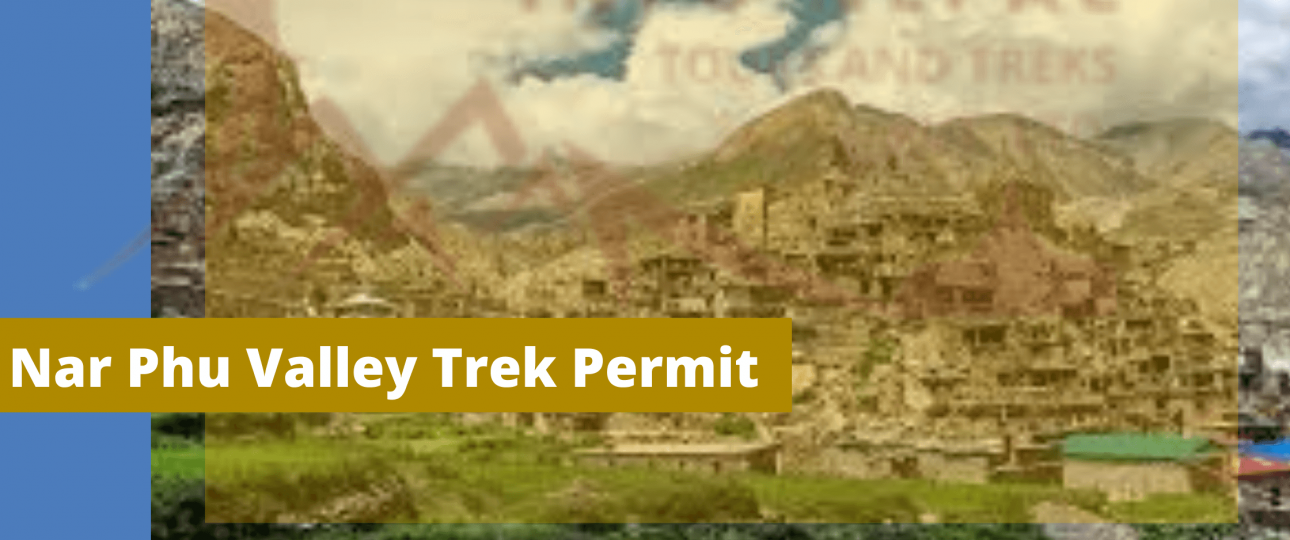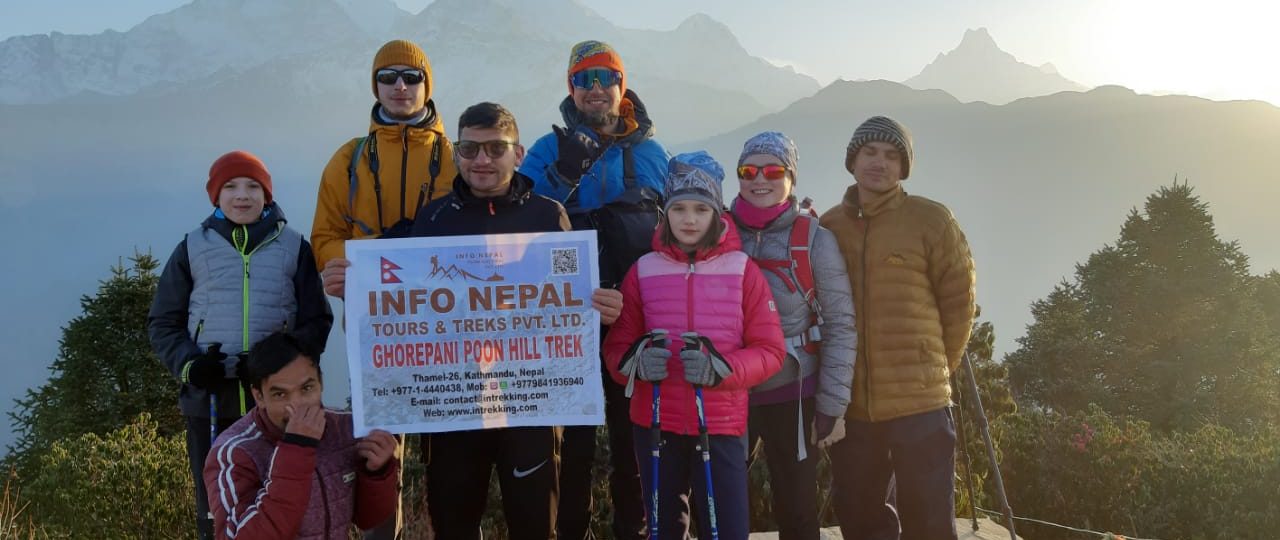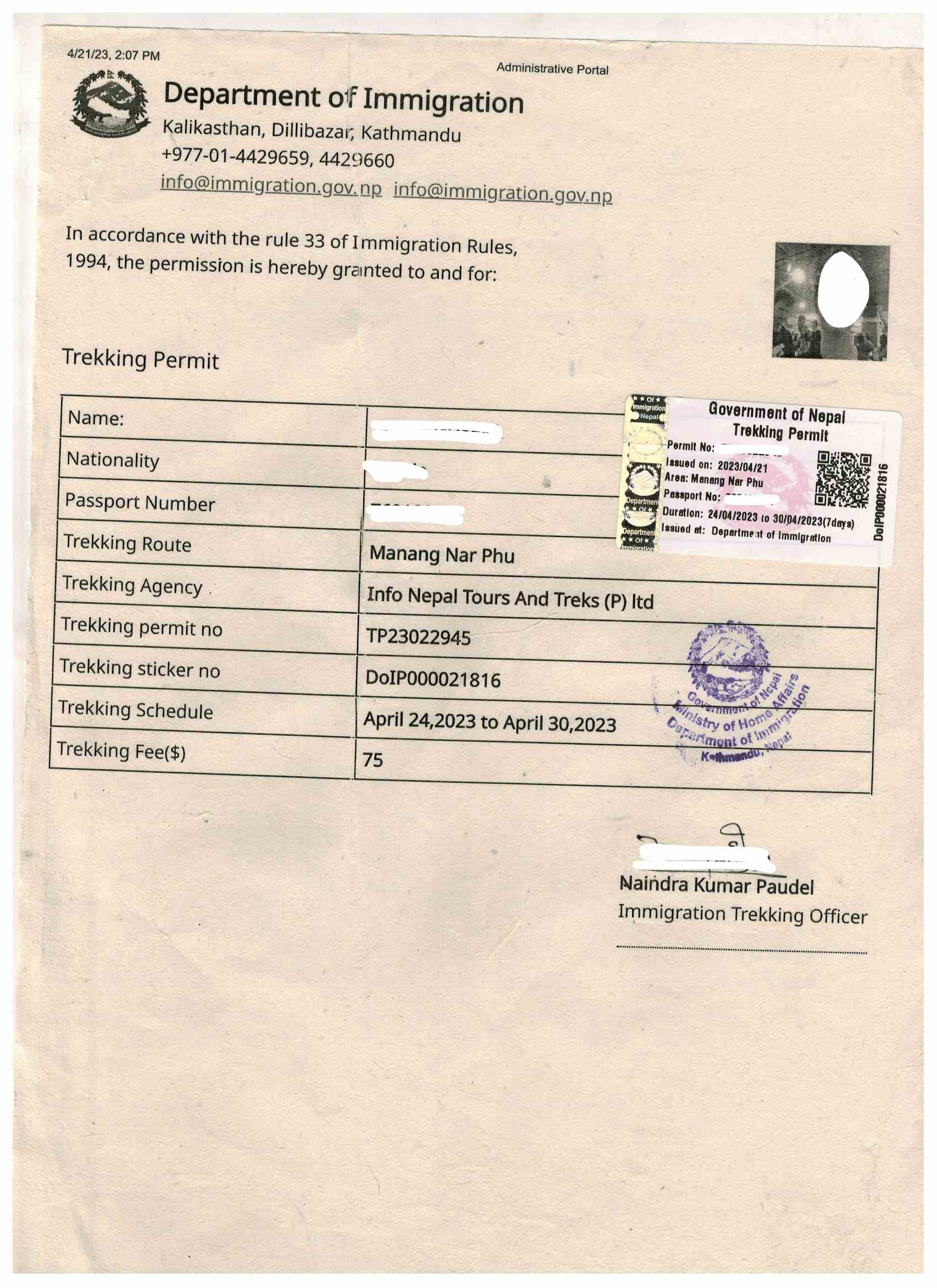
 Written By: Rajesh Neupane
Written By: Rajesh Neupane
Nar Phu Valley Trekking Permit
Enquiry Form
Trekking in the Nar Phu Valley requires a special permit from the Department of Immigration Office in Kathmandu and a TIMS card. However, many trekking agencies offer permit packages within the Nar Phu Valley trek. So, if you are using the services of a trekking agency, be sure to ask if their package includes the cost of the permit.
Nar Phu Valley
Nar Phu Valley is off the beaten path and sees far fewer trekkers than other areas in Nepal. The valley is home to some of the most beautiful scenery in the country. It is a great way to see the amazing scenery of the Himalayas.
The trek to Nar Phu is a challenging one and requires a good level of fitness. The trails are steep and often quite narrow, making for some difficult hiking. But the rewards are well worth it, with stunning views of the surrounding mountains and valleys.
Nar Phu Valley Permit Cost
To trek in the Nar Phu valley, you need a special permit from the Nepalese government issued by the department of immigration. This is in addition to the standard TIMS and permits required for trekking in the Annapurna region.
Trekking Permit from September-November
The cost of the permit is USD 100 per person, and it is valid for 7 days. Also, if you need to extend the trekking days in this area, you need to pay an extra USD 15 per day for a person.
Trekking Permit from December-August
The cost of the permit is USD 75 per person, and it is valid for 7 days. Also, if you need to extend the trekking days in this area, you need to pay an extra USD 15 per day for a person.

ACAP Permit
ACAP Permit is necessary to go to Nar Phu Valley Trekking. You need to get a permit of USD 20 to enter the Annapurna Conservation Area. Also, there is no time limit for this ACAP Permit.
Validity of Nar Phu Valley Permit
The Nar Phu valley trekking permit is valid for 7 days, starting from the date of trekking. But, if you are planning to stay in the valley for a longer period, you need to get an extension of your permit by paying extra money specified in the permit cost above.
The Process to get Nar Phu Valley Trek Permit
- Get in touch with a reliable trekking agency: The first step to getting the Nar Phu valley trekking permit is to get in touch with a reliable and reputable trekking agency.
- Submit the required documents: Once you have contacted the agency, you will need to submit the required documents. These include your passport, visa, and travel insurance.
- Pay the fees: The next step is to pay the fees
- Wait for the permit: After submitting the required documents and paying the fees, you will need to wait for the permit to issue it.
- Get the permit: Once the permit is issued, you will be able to pick it up from the agency.
- Start your trek: With the permit in hand, you will be able to start your trek to the Nar Phu valley.
Why is a permit essential to enter the Nar Phu Valley?
The Nar Phu valley is a restricted area, and a permit is a must to trek there. This is in addition to the standard TIMS and permits required for trekking in the Annapurna region.
The Department of National Parks and Wildlife Conservation issued the permit.
Why do I need to have a trekking permit?
To protect the natural beauty of the area, and to ensure the safety of trekkers, a permit is essential. This is because the Nar Phu valley is a restricted area. Only those with a permit are allowed to trek to the Nar Phu valley. However, if you are trekking with a reputable agency, they will be able to help you obtain the permit. Also, note that the fees for the permit go towards supporting the local community.
Benefits of having a Permit
Many benefits come with having a permit. It helps to maintain the ecological balance in the area and also protects the rare and endangered flora and fauna found in the region. The permit also helps in generating employment for the locals as they are involved in its issuance and management.
It also provides an opportunity for them to interact with the tourists and learn about their culture and traditions. Furthermore, the permit also helps in regulating the number of people visiting the area so that the fragile environment doesn’t degrade.
In addition to that, the permit also provides access to certain areas which are otherwise not open to the general public. This gives the tourists a chance to explore the hidden gems of the region and experience its true beauty.
Moreover, it also helps in generating revenue for the local economy as the tourists spend money on buying souvenirs, food, and accommodation. Therefore, the permit is not only essential to protect the environment but also helps in boosting the local economy.
Consequences of not having a Trekking Permit
If you are caught trekking in the Nar Phu valley without a permit, you will be fined and may face other legal consequences. In addition, you will be asked to leave the area immediately.
It is important to note that the Nar Phu valley is a remote wilderness area, and should not be attempted without proper preparation. Make sure you are well informed about the route and the conditions before you attempt to trek there.
So, if you’re planning on trekking in the Nar Phu valley, make sure you get your permit in advance! It’s a great place to explore, and with the right preparation, you’re sure to have an amazing time.
Nar Phu Valley Trekking Itinerary
Day 1: Bus Kathmandu – Besisahar (820m), 7 hrs. Bus Besisahar – Chamje (1470m) 2 hrs
Day 2: Chamje (1470m) – Dharapani (2113m), 7 hrs
Day 3: Dharapani (2113m) – Chame (2620m), 7 hrs
Day 4: Chame (2620m) – Meta (3230m), 7 hrs
Day 5: Meta (3230m) – Phu Village (4050m), 7 hrs
Day 6: Exploration day – Phu village and excursion to the Himlung base camp.
Day 7: Phu Village (4050m) – Nar Phedi (3820m), 6 hrs
Day 8: Nar Phedi (3820m) – Nar Village (4150m), 4 hrs
Day 9: Explore Nar Village and Gompa Monasteries
Day 10: Nar Village (4150m) – Ngawal via Kang La Pass (5,130m)
Day 11: Ngawal – Chame (2620m)
Day 12: Drive Chame – Besisahar, 5 hrs. Drive Besisahar to Kathmandu, 6 hrs.